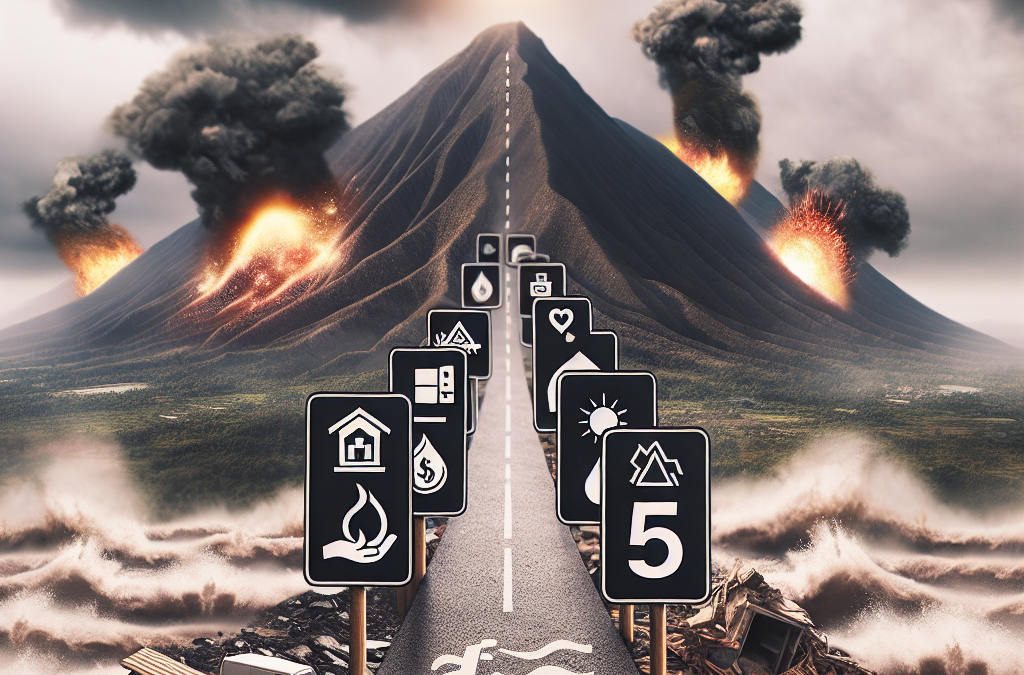Disaster preparedness is an essential aspect of ensuring the safety and well-being of you and your loved ones. A disaster can strike at any time, leaving devastation in its wake. Being ready for a disaster can make all the difference between life and death. In this blog post, we will discuss five essential steps to disaster preparedness that will help ensure you are ready when disaster strikes.
Step 1: Create an Emergency Plan
The first step to disaster preparedness is creating an emergency plan. This includes identifying potential risks in your area, such as hurricanes, earthquakes, or wildfires, and developing a plan for how to respond to each one. Your emergency plan should include evacuation routes, safe meeting places, and contact information for family members and friends. It’s also important to have a plan for pets and other animals.
Step 2: Build a Disaster Kit
Building a disaster kit is another crucial component of disaster preparedness. Your disaster kit should contain supplies that will last for at least three days, including food, water, flashlights, batteries, first aid supplies, and extra clothing. It’s also a good idea to include items like cash, identification documents, and copies of important papers in case you need to evacuate quickly.
Step 3: Stay Informed
Staying informed about potential disasters is critical to being prepared. Make sure you stay up-to-date on weather reports and news updates related to natural disasters. Sign up for local alert systems, such as text message notifications or email alerts, so you know what’s happening in real-time.
Step 4: Protect Your Property
Protecting your property from damage during a disaster is also essential. Take measures to secure loose outdoor furniture, trim trees and shrubs, and install storm shutters or impact-resistant windows. Consider investing in flood insurance if you live in a high-risk area.
Step 5: Practice and Review Your Plan
Finally, practicing and reviewing your disaster plan regularly is key to ensuring everyone knows what to do in the event of a disaster. Conduct regular drills with your family, practice evacuating different routes, and review your emergency contacts to ensure they are still accurate.
Thank you for reading this post, don't forget to subscribe NOW for FREE!
In conclusion, disaster preparedness is not something to take lightly. By following these five essential steps, you can increase your chances of surviving a disaster and protect yourself and your loved ones from harm. Remember, being prepared is the best way to ensure your safety and well-being in times of crisis.






